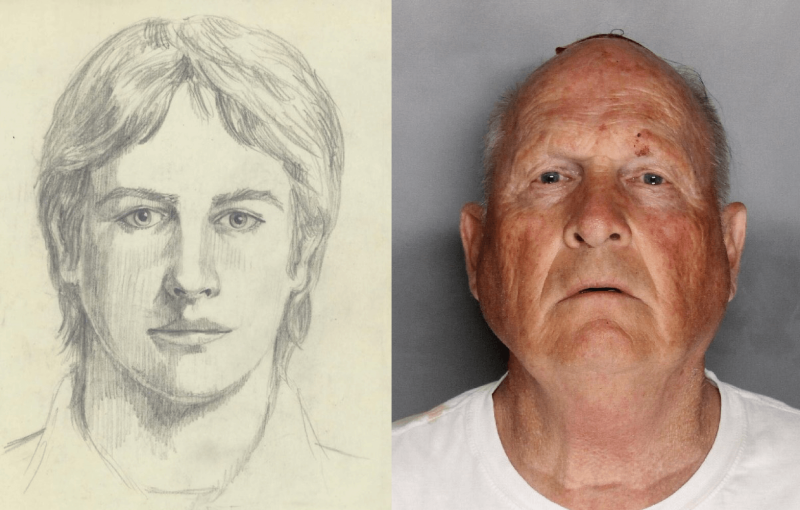In April 2018, California authorities arrested one of the most vicious serial killers in US history. A man known variously as the East Area Rapist, the Original Night Stalker and, eventually, the Golden State Killer committed at least 13 murders, more than 50 rapes and 100 burglaries from the mid-1970s to about 1986. For around 40 years, local and federal investigators sought to identify him. Not once had the actual perpetrator, former police officer Joseph DeAngelo, come under suspicion. In the end, it took about four months of work by a retired patent attorney, Barbara Rae-Venter, to identify the culprit using investigative genetic genealogy (IGG).
Rae-Venter observes that most cold cases to which IGG is applied involve white people who had been killed or raped, reflecting a preferential bias in law enforcement. But she also notes that the over-representation of white people in consumer DNA databases means that IGG will be most successful at identifying white suspects. She strangely refers to this as a reverse bias, presumably alluding to the systemic racism in US law enforcement that otherwise sees disproportionately high rates of incarceration among Black people. That she takes time to discuss how to address this limitation, but not others, in IGG is troubling.
Her nonchalance on such sensitive matters in dealing with the ethics of IGG mars an otherwise compelling book.































